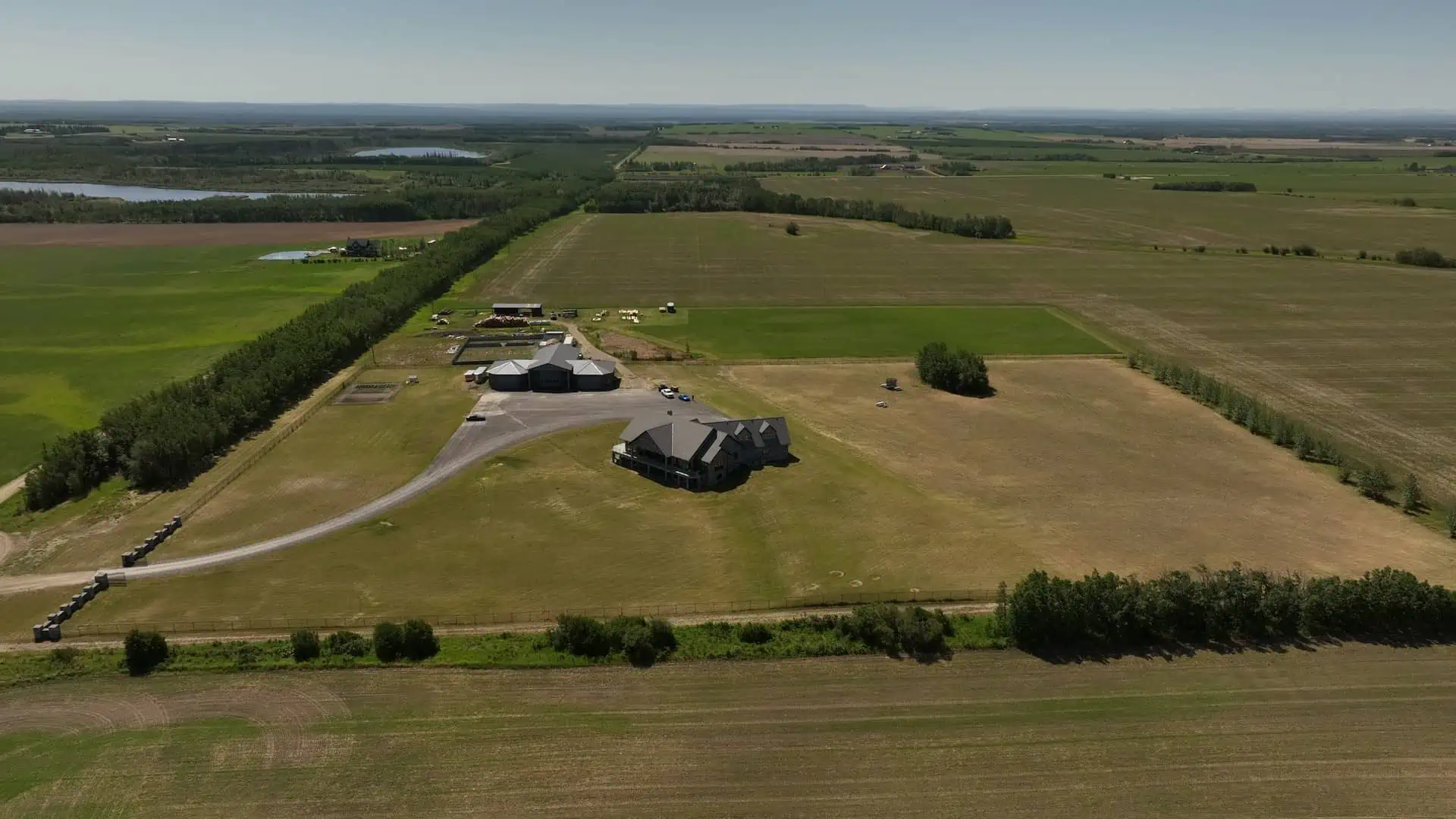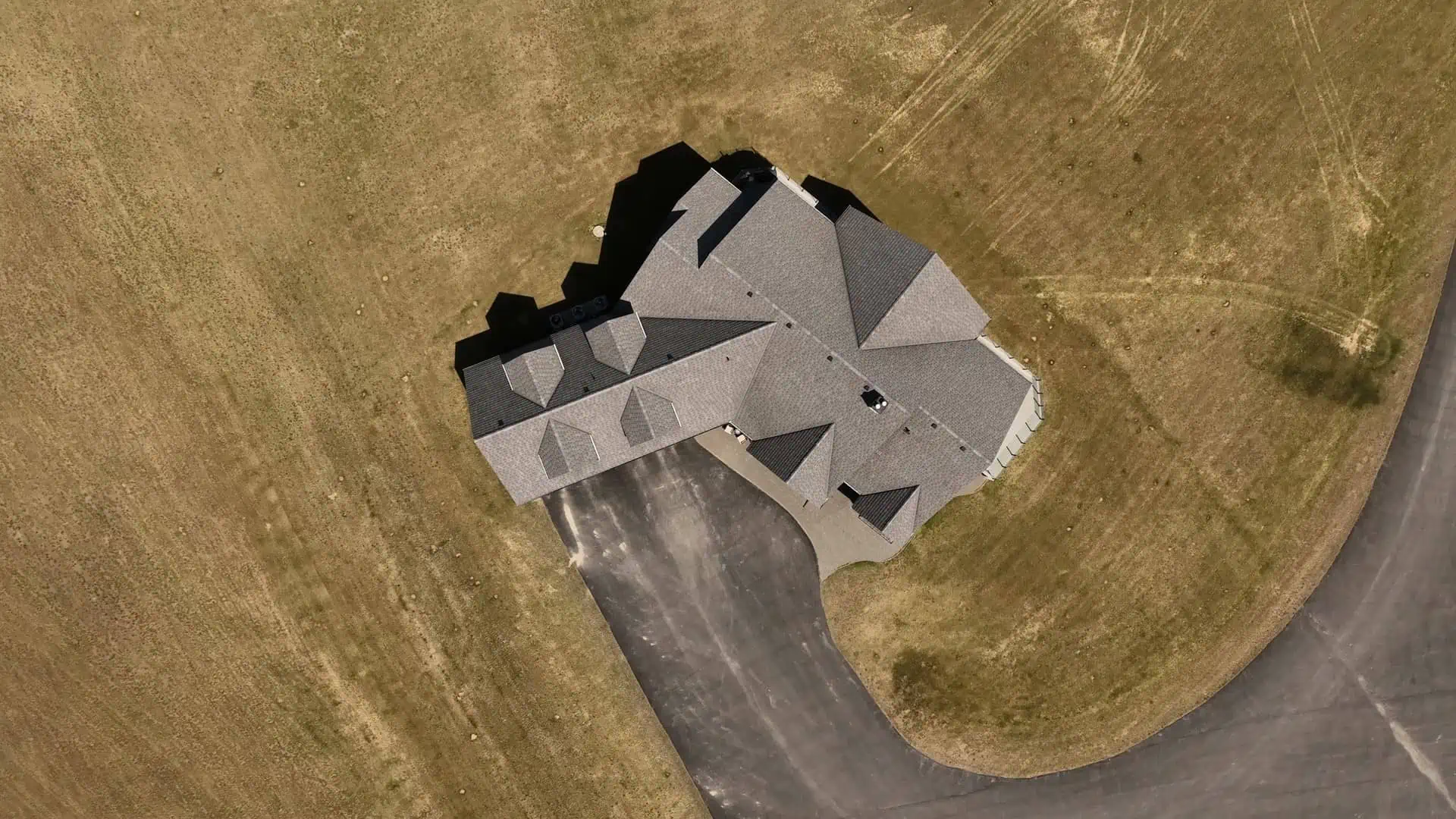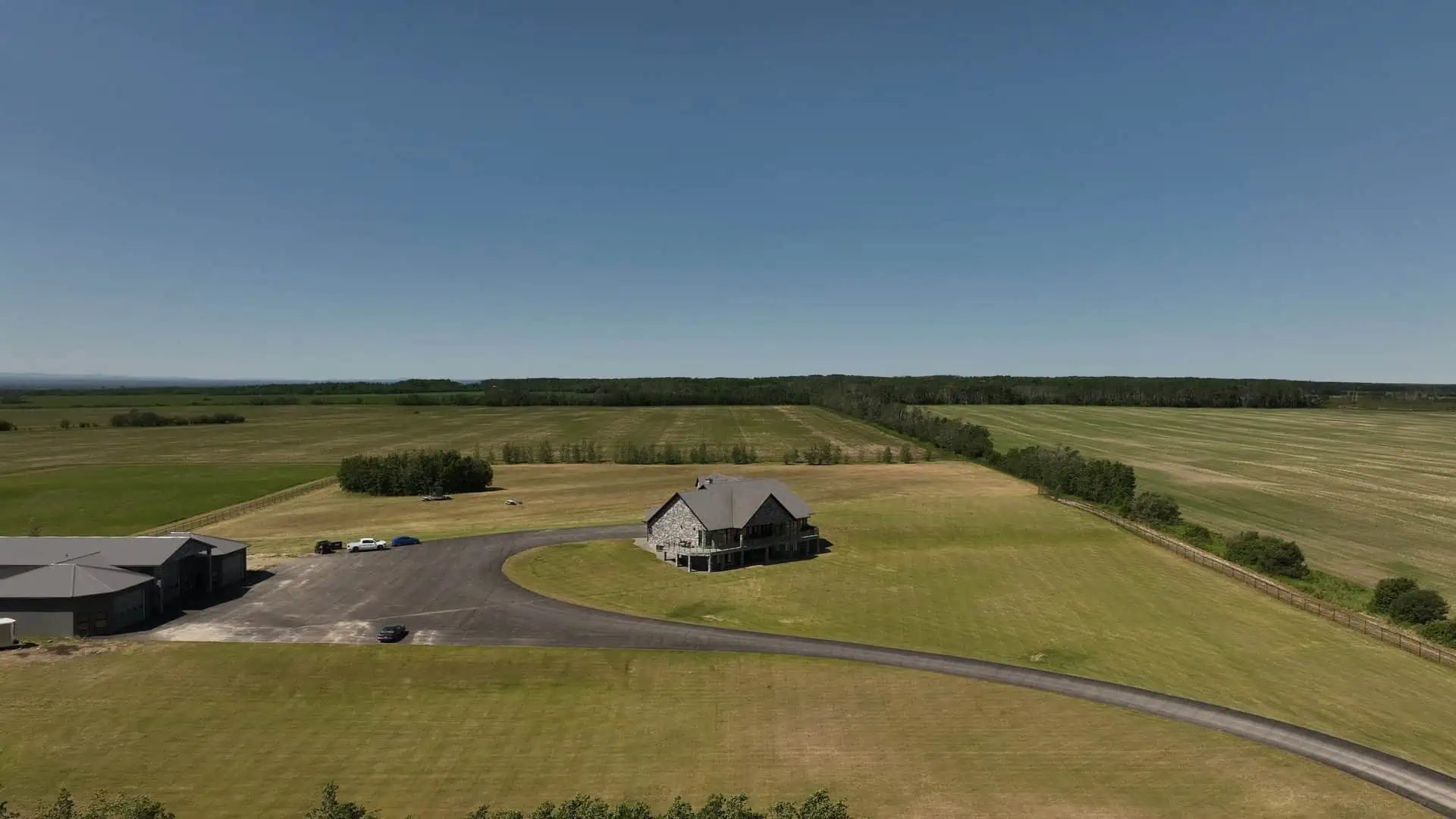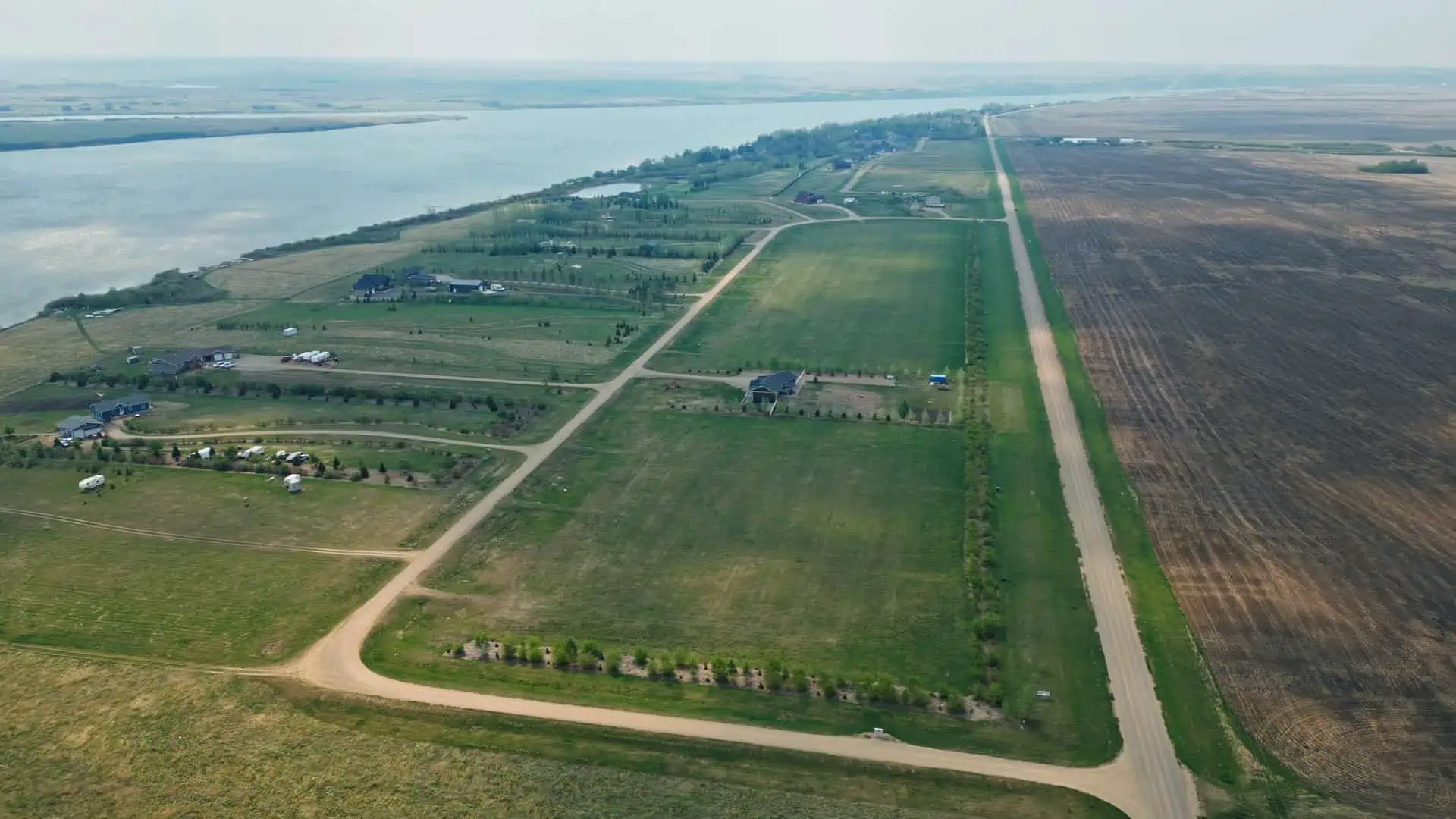Taking Flight: A Comparison Between FPV and Conventional Drones for Filming
As the drone industry continues to rapidly evolve, one clear divergence is the rise of First Person View (FPV) drones compared to conventional drones. With this advent, filmmakers, hobbyists, and professionals alike have a new dimension of aerial cinematography to explore.
FPV and conventional drones, while sharing a common ancestor, have evolved differently to cater to varying shooting needs. Understanding their distinct features and applications is crucial for deciding which is the best fit for your filming purposes.
What are FPV Drones?
FPV drones offer a ‘first-person view’ experience by delivering live video feeds from the drone’s camera directly to the operator’s goggles or monitor. Imagine being a bird, soaring high and dipping low, but with the added thrill of high-speed maneuverability – that’s the immersive experience FPV drones offer.
Renowned for their swift movements and dynamic flying capabilities, FPV drones are a favorite amongst adrenaline-junkies seeking high-speed aerial racing or cinematic, action-packed shots. They can dive, roll, flip, and perform maneuvers conventional drones can’t. They’re not just capturing the action – they’re a part of it.
The Conventional Drones Landscape
Conventional drones, on the other hand, are designed primarily for stability and smooth flight, making them perfect for capturing professional-grade aerial footage and photography. Equipped with advanced GPS and stabilization features, they can hover accurately, track subjects smoothly, and ensure stable, judder-free shots.
While they might not have the high-speed aerobatics of FPV drones, conventional drones bring precision to aerial cinematography. Their longer flight times, larger payload capacity, and user-friendly controls make them more suitable for beginner pilots or shoots that require consistency and accuracy.
Choosing the Right Tool for the Job
When deciding between an FPV and a conventional drone, the key is to consider your filming objectives. For filmmakers looking to capture fast-paced, dynamic scenes – think sports events, wildlife chasing, or action sequences – FPV drones are unmatched. Their immersive perspective adds an element of immediacy and excitement to the footage that is impossible to replicate otherwise.
However, for those aiming for steadier, more calculated shots, conventional drones are the go-to choice. Real estate videography, landscape photography, documentaries, or any scenario that requires a steady hand will benefit from the stability and precision of conventional drones.
The Blend of Two Worlds
Interestingly, some hybrid models are merging the best of both worlds. These drones offer the agility and immersive perspective of FPV drones, coupled with the stability and ease of use of conventional drones. Such developments are pushing the boundaries of aerial cinematography, empowering filmmakers with a wide range of creative options.






In conclusion, whether you’re shooting a high-octane race or capturing a tranquil sunset, there’s a drone out there to match your specific needs. Both FPV and conventional drones offer unique capabilities that, when employed correctly, can take your footage from ordinary to extraordinary. As technology continues to evolve, the sky is truly the limit.